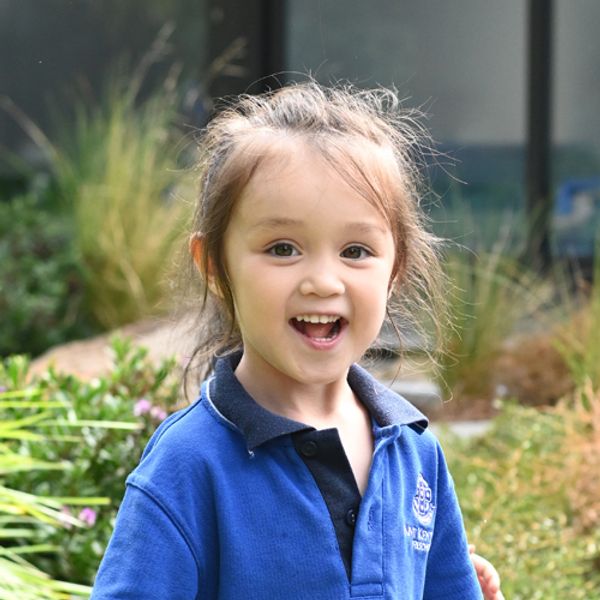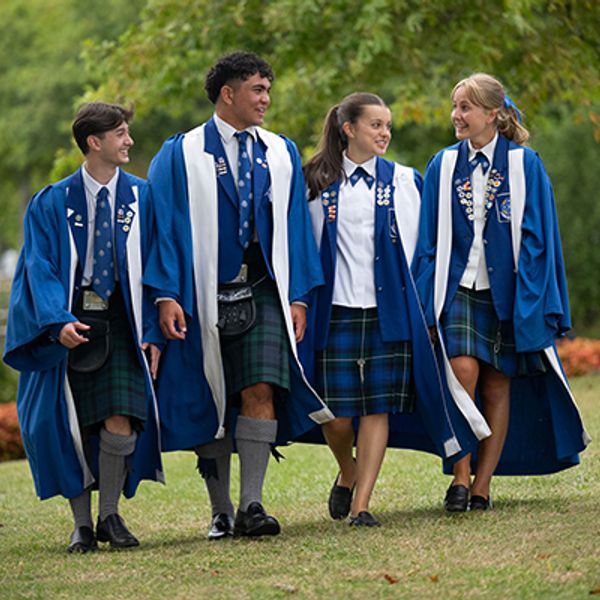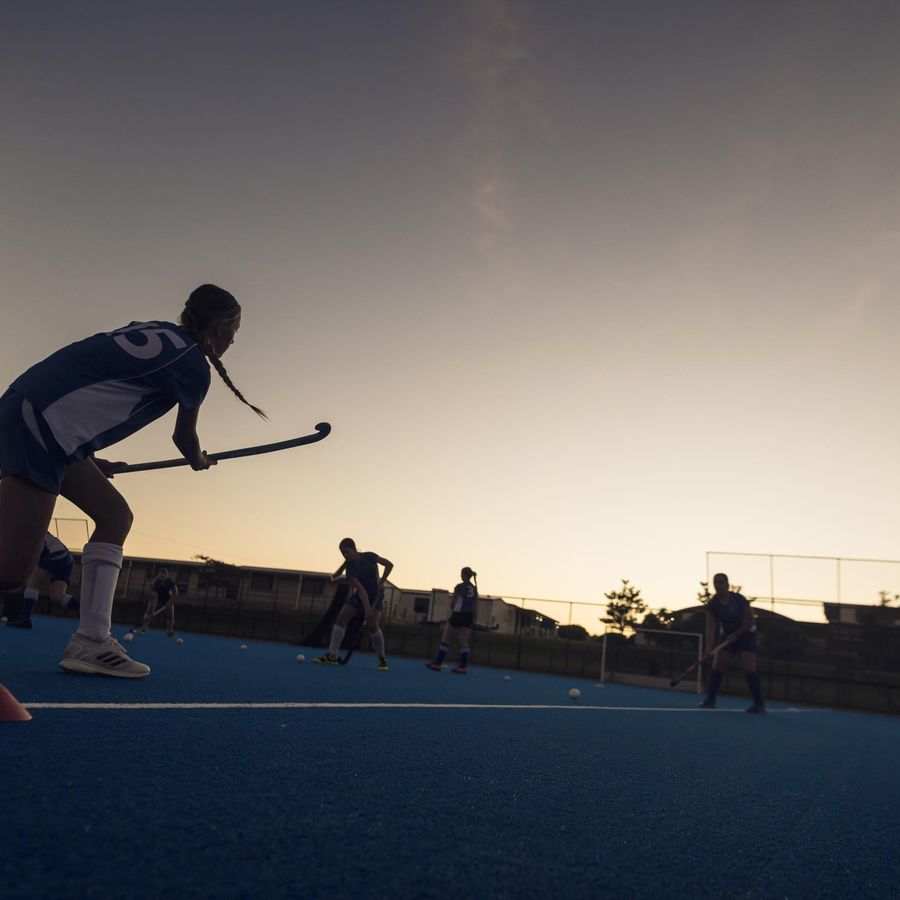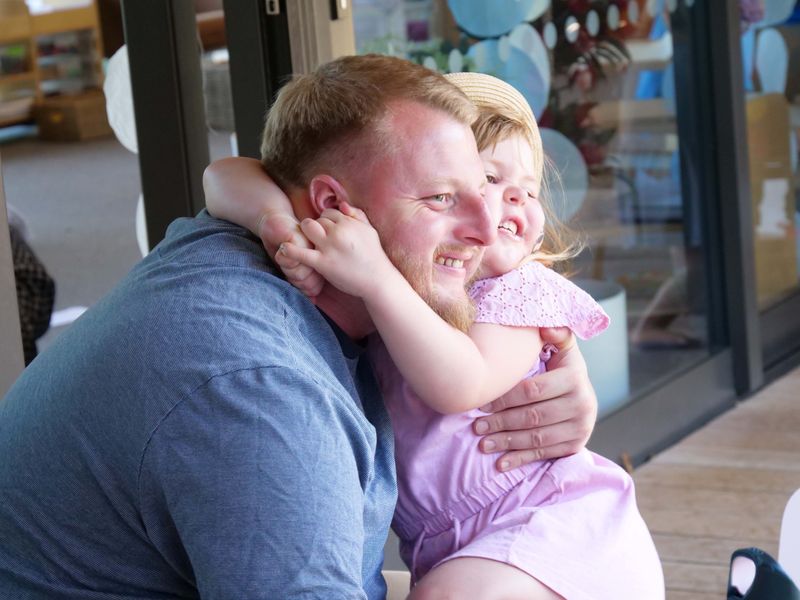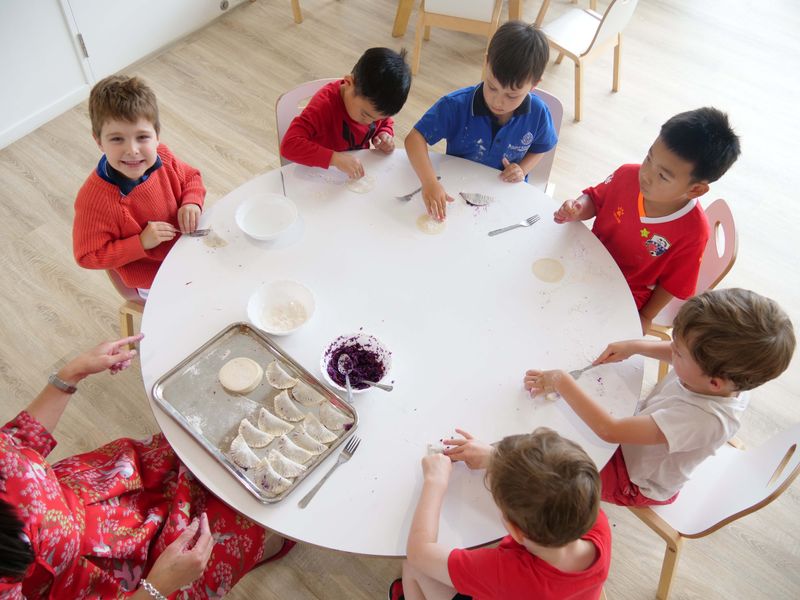
Diving into the wonders of the sea
Diving into the wonders of the sea
April 06, 2022 at 9:15 AM
Our Preschool Kauri children have been passionately exploring the wonders of the sea inspired by the national Sea Week in March. Their interest into what lies beneath the beautiful blue sea has evolved into a fascinating investigative exploration, sparking wonder and curiosity among our children.
Engaging children in investigative exploration aligns well with our Reggio Emilia-inspired philosophy of purposeful teaching and learning. The subject of ‘Wonders of the Sea’ offers opportunities for our children to nurture their love of learning, encourage them to become active researchers and explorers through usage of different mediums and their ‘hundred languages’*. Throughout the process, we were also able to get the children to embrace the Saint Kentigern values and that of Kaitiakitanga, guardianship and protection of our natural environment.
As we embark on our journey into exploring the wonders of the sea, our children’s strong interest in sea creatures guided us further into the topic. Taking their lead, we were amazed by their curiosity to know more about the various kai moana (sea creatures) and the way our children use ‘hundred languages’ as a tool to research and make their thoughts and ideas visible.
As part of our discovery, our children have used the language of movement and music to explore the ways in which they thought sea creatures moved and slept. They have used their bodies, gestures and movements to share their theories with one another accompanied by the peaceful sound of the sea. Our children participated in small group discussions during hui times where they shared ideas with confidence and discussed and debated ideas with others. This process encourages our children to challenge their own thinking as they listen to the thoughts and ideas of others, as well as negotiate and debate in a respectful and constructive manner.
The language of drawing has been another medium that our children have loved using to make their thinking visible. We have seen the children engaging in observational drawings, detailing what they see in addition to imaginative drawings. They have collaboratively designed their own seascapes using large table-top pieces of paper and pens, drawing the different elements of the sea as they communicate, negotiate and share ideas.
The language of storytelling, role play, and imagination have also been widely used by our children. Opportunities for our children to play, imagine, invent and experiment are vital aspects of the curriculum. They have loved exploring provocations with construction materials, loose parts and recycled materials to create large scale sea scene creations on our mat. These sea scenes became props in which they used to inspire their group play, acting out how they can care for the sea animals, feed them and rescue them – becoming Kaitiaki (guardians of the sea).
As our investigation continues to unfold, we look forward to seeing where the children’s interest, curiosity and wonder takes us.
* The Hundred Languages is written by Loris Malaguzzi, founder of the Reggio Emilia philosophy. It beautifully expresses the foundational beliefs about children, reflecting the endless potential in children and possibilities for languages, on which the Reggio Emilia learning approach is grounded.
